BYD Tang vs VW ID. Buzz Bus – Differences & prices compared
Everyday use, family trips or long-distance drives – here’s where the differences show.
Discover whether BYD Tang or VW ID. Buzz Bus fits your lifestyle better.
Costs and Efficiency:
Price and efficiency are often the first things buyers look at. Here it becomes clear which model has the long-term edge – whether at the pump, the plug, or in purchase price.
VW ID. Buzz Bus has a clearly advantage in terms of price – it starts at 42900 £, while the BYD Tang costs 64300 £. That’s a price difference of around 21430 £.
In terms of energy consumption, the advantage goes to the VW ID. Buzz Bus: with 19 kWh per 100 km, it’s distinct more efficient than the BYD Tang with 24 kWh. That’s a difference of about 5 kWh.
As for range, the BYD Tang performs minimal better – achieving up to 530 km, about 45 km more than the VW ID. Buzz Bus.
Engine and Performance:
Power, torque and acceleration say a lot about how a car feels on the road. This is where you see which model delivers more driving dynamics.
When it comes to engine power, the BYD Tang has a evident edge – offering 517 HP compared to 340 HP. That’s roughly 177 HP more horsepower.
In acceleration from 0 to 100 km/h, the BYD Tang is distinct quicker – completing the sprint in 4.90 s, while the VW ID. Buzz Bus takes 6.10 s. That’s about 1.20 s faster.
In terms of top speed, the BYD Tang performs to a small extent better – reaching 190 km/h, while the VW ID. Buzz Bus tops out at 160 km/h. The difference is around 30 km/h.
There’s also a difference in torque: BYD Tang pulls barely noticeable stronger with 680 Nm compared to 679 Nm. That’s about 1 Nm difference.
Space and Everyday Use:
Cabin size, boot volume and payload all play a role in everyday practicality. Here, comfort and flexibility make the difference.
Seats: BYD Tang offers noticeable more seating capacity – 7 vs 5.
In curb weight, VW ID. Buzz Bus is slight lighter – 2400 kg compared to 2630 kg. The difference is around 230 kg.
In terms of boot space, the VW ID. Buzz Bus offers significantly more room – 1340 L compared to 235 L. That’s a difference of about 1105 L.
In maximum load capacity, the VW ID. Buzz Bus performs clearly perceptible better – up to 2205 L, which is about 550 L more than the BYD Tang.
When it comes to payload, VW ID. Buzz Bus hardly perceptible takes the win – 600 kg compared to 575 kg. That’s a difference of about 25 kg.
Who comes out on top?
Overall, the VW ID. Buzz Bus shows itself to be performs better in key areas and secures the title of DriveDuel Champion.
It convinces with the more balanced overall package and proves to be the more versatile choice for everyday use.
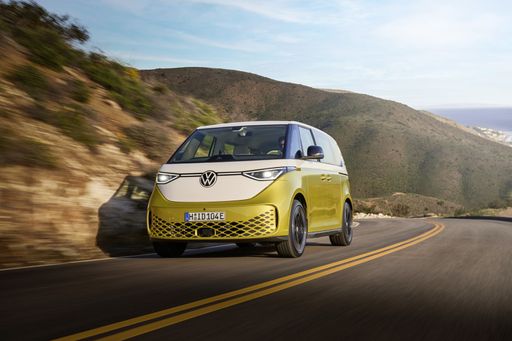
VW ID. Buzz Bus
BYD Tang
The BYD Tang represents a bold entry into the competitive SUV market, blending cutting-edge technology with modern design aesthetics. Its spacious interior is complemented by high-quality materials and innovative features, making it a strong contender for families and tech enthusiasts alike. With an emphasis on sustainability, the Tang offers an eco-friendly driving experience without compromising on performance or luxury.
details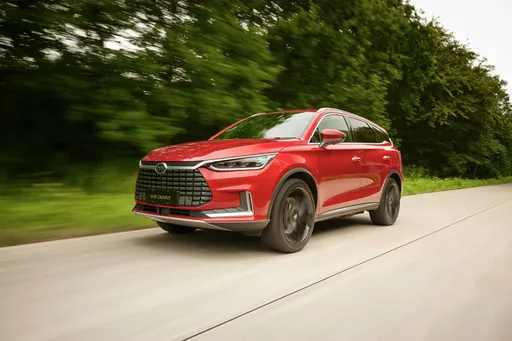 @ press.bydauto.be
@ press.bydauto.be
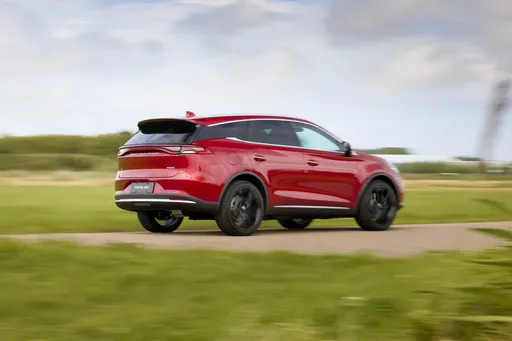 @ press.bydauto.be
@ press.bydauto.be
 @ press.bydauto.be
@ press.bydauto.be
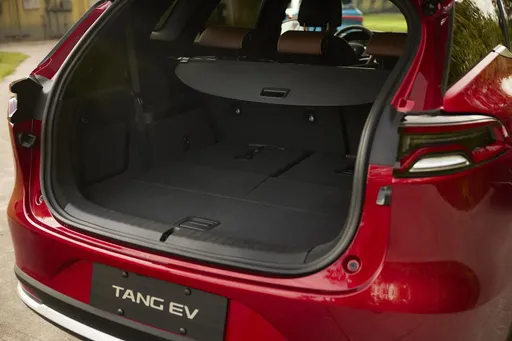 @ press.bydauto.be
@ press.bydauto.be
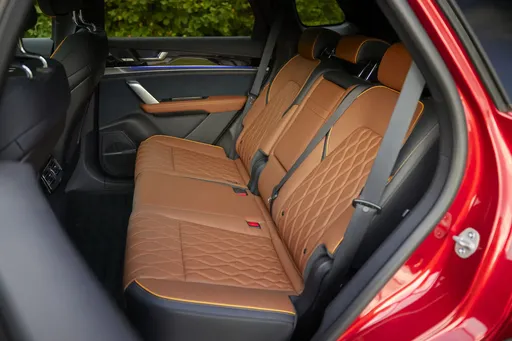 @ press.bydauto.be
@ press.bydauto.be
VW ID. Buzz Bus
The VW ID. Buzz Bus marks a bold step into the future with its blend of retro charm and innovative electric technology. This all-electric vehicle offers an impressive range, making it ideal for both urban driving and longer excursions. Its spacious interior and advanced connectivity features ensure a comfortable and connected journey for all passengers.
details @ Volkswagen
@ Volkswagen
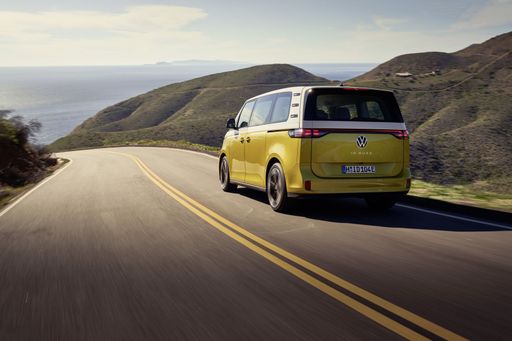 @ Volkswagen
@ Volkswagen
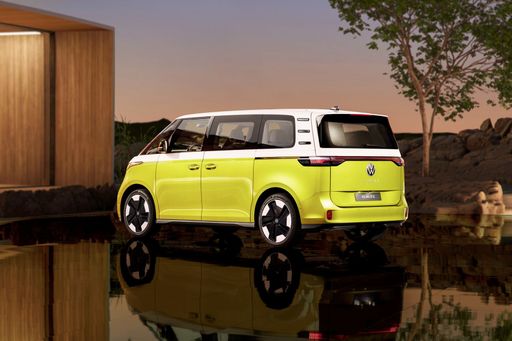 @ Volkswagen
@ Volkswagen
 @ Volkswagen
@ Volkswagen
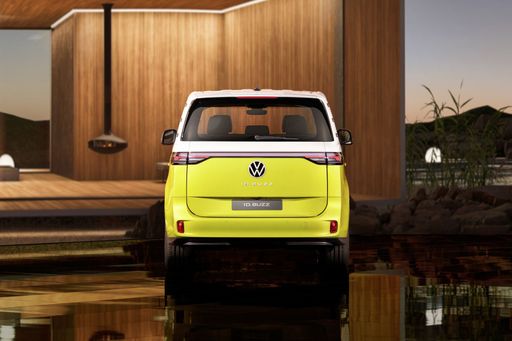 @ Volkswagen
@ Volkswagen
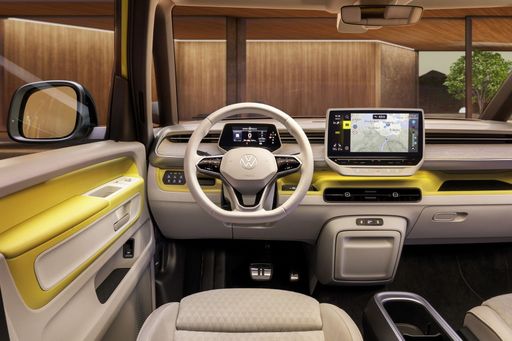 @ Volkswagen
@ Volkswagen
 @ Volkswagen
@ Volkswagen
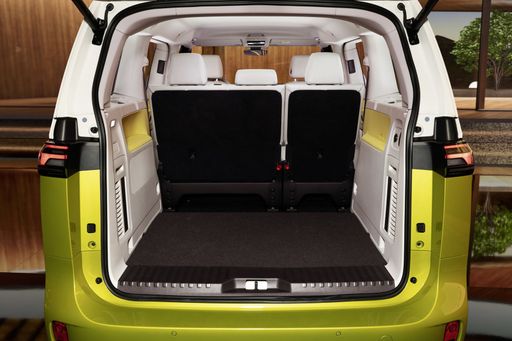 @ Volkswagen
@ Volkswagen
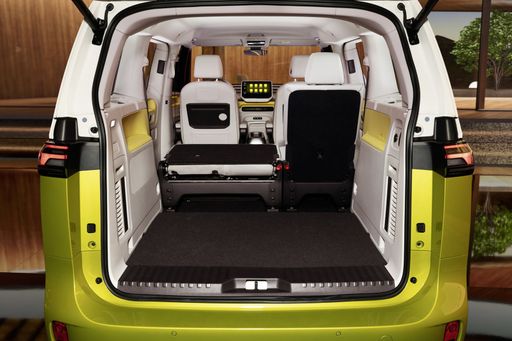 @ Volkswagen
@ Volkswagen

|

|
|
|
|
Costs and Consumption |
|
|---|---|
|
Price
64300 £
|
Price
42900 - 64200 £
|
|
Consumption L/100km
-
|
Consumption L/100km
-
|
|
Consumption kWh/100km
24 kWh
|
Consumption kWh/100km
19 - 20.6 kWh
|
|
Electric Range
530 km
|
Electric Range
329 - 485 km
|
|
Battery Capacity
-
|
Battery Capacity
59 - 86 kWh
|
|
co2
0 g/km
|
co2
0 g/km
|
|
Fuel tank capacity
-
|
Fuel tank capacity
-
|
Dimensions and Body |
|
|---|---|
|
Body Type
SUV
|
Body Type
Bus
|
|
Seats
7
|
Seats
5
|
|
Doors
5
|
Doors
5
|
|
Curb weight
2630 kg
|
Curb weight
2400 - 2780 kg
|
|
Trunk capacity
235 L
|
Trunk capacity
1121 - 1340 L
|
|
Length
4970 mm
|
Length
4712 - 4962 mm
|
|
Width
1955 mm
|
Width
1985 mm
|
|
Height
1745 mm
|
Height
1924 - 1927 mm
|
|
Max trunk capacity
1655 L
|
Max trunk capacity
2205 L
|
|
Payload
575 kg
|
Payload
462 - 600 kg
|
Engine and Performance |
|
|---|---|
|
Engine Type
Electric
|
Engine Type
Electric
|
|
Transmission
Automatic
|
Transmission
Automatic
|
|
Transmission Detail
Reduction Gearbox
|
Transmission Detail
-
|
|
Drive Type
All-Wheel Drive
|
Drive Type
Rear-Wheel Drive, All-Wheel Drive
|
|
Power HP
517 HP
|
Power HP
170 - 340 HP
|
|
Acceleration 0-100km/h
4.90 s
|
Acceleration 0-100km/h
6.1 - 10.7 s
|
|
Max Speed
190 km/h
|
Max Speed
145 - 160 km/h
|
|
Torque
680 Nm
|
Torque
310 - 679 Nm
|
|
Number of Cylinders
-
|
Number of Cylinders
-
|
|
Power kW
380 kW
|
Power kW
125 - 250 kW
|
|
Engine capacity
-
|
Engine capacity
-
|
General |
|
|---|---|
|
Model Year
2024
|
Model Year
2024
|
|
CO2 Efficiency Class
A
|
CO2 Efficiency Class
A
|
|
Brand
BYD
|
Brand
VW
|
Is the BYD Tang offered with different drivetrains?
The BYD Tang is available as All-Wheel Drive.
The prices and data displayed are estimates based on German list prices and may vary by country. This information is not legally binding.
